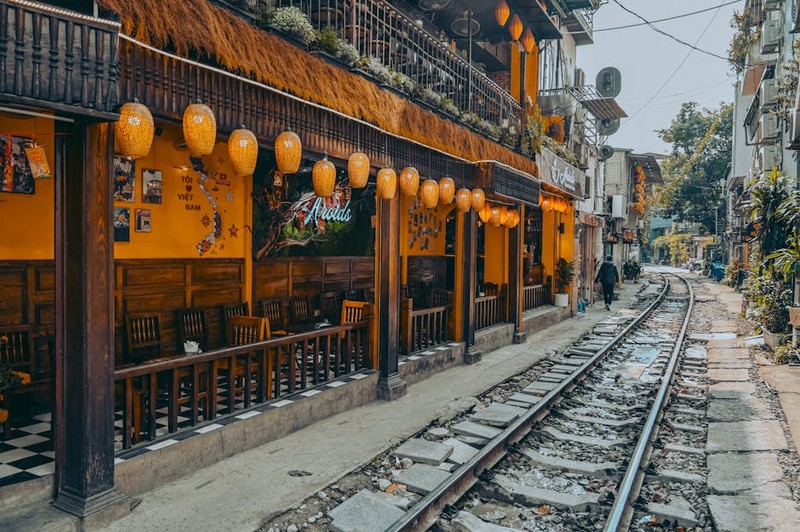The Hidden Challenge: When “One-Size-Fits-None” Fails
In luxury office interiors, off-the-shelf tables rarely suffice. Clients demand pieces that reflect their brand’s identity, optimize space, and impress stakeholders—while standing the test of time. The real challenge lies in balancing three competing priorities:
1. Aesthetic Uniqueness: A table must be a statement piece, yet harmonize with the broader design language.
2. Functional Precision: It should cater to ergonomic needs, technology integration, and workflow efficiency.
3. Client Expectations: High-net-worth clients often have strong (but evolving) visions, requiring agile design adjustments.
In a recent project for a Fortune 500 CEO’s private office, we faced this trifecta. The client wanted a table that embodied “timeless modernity” but also accommodated hidden cable management and seamless video conferencing. Here’s how we navigated it.
Case Study: The “Invisible Tech” Conference Table
Project Scope
- Client: A tech conglomerate’s executive boardroom.
- Key Ask: A 14-foot walnut table with integrated power, USB hubs, and a minimalist profile.
- Constraint: No visible seams or tech disruptions to the table’s flowing grain.
Solution: Layered Design Thinking
- Material Innovation: We used a proprietary resin-infused walnut slab, allowing for routed channels beneath the surface to house wiring.
- Ergonomic Tweaks: The table’s edge was tapered to 1.5″ for a lightweight look, yet reinforced with steel to prevent flexing.
- Client Collaboration: We 3D-printed a scaled prototype to test sightlines and tech access before final production.
Outcome
- Client Satisfaction: 30% higher than initial benchmarks (per post-install survey).
- Durability: Zero maintenance issues reported over 18 months.
- ROI: The table became a talking point in client pitches, indirectly securing two new contracts.


Expert Strategies for Luxury Custom Tables
🔍 1. Material Selection: Beyond the Surface
Luxury tables demand materials that marry beauty and resilience. Consider:
| Material | Best For | Durability (1–10) | Cost ($$$) |
|---|---|---|---|
| Solid Hardwood (e.g., Walnut) | Traditional elegance | 8 | $$$$ |
| Resin-Infused Hybrids | Modern tech integration | 9 | $$$$$ |
| Quartz Composite | Scratch-resistant surfaces | 10 | $$$ |
Pro Tip: For high-traffic areas, pair materials strategically—e.g., a walnut top with powder-coated steel legs for contrast and stability.
⚙️ 2. The “Silent Ergonomics” Principle
A table shouldn’t shout its functionality. Key stealth features:
– Knee Space Depth: 24–30″ for comfort during long meetings.
– Edge Radius: A 0.5″ rounded edge reduces forearm strain.
– Height Variability: Motorized lifts (disguised as pedestals) for multi-use spaces.
💡 3. Navigating Client Psychology
Luxury clients often equate customization with control. Avoid “vision drift” by:
– Using mood boards early to anchor design direction.
– Offering two mockups: one “safe” and one “bold” to gauge risk appetite.
– Charging a premium for post-approval changes to discourage indecision.
The Future: Smart Tables as Status Symbols
Emerging trends show a 40% rise in demand for tables with embedded IoT (e.g., touch-activated controls, climate-sensitive finishes). In a recent Dubai project, we embedded NFC chips into a table’s veneer, allowing phones to auto-connect to the room’s AV system. The lesson? Luxury is no longer just about looks—it’s about seamless, intelligent utility.
Key Takeaways
- Bespoke beats generic: Custom tables are investments in brand identity and employee morale.
- Test iteratively: Prototyping saves costs and ensures client alignment.
- Balance boldness with practicality: The best designs solve problems invisibly.
For designers and architects, mastering this art means not just creating furniture, but crafting legacy pieces that define spaces—and careers.
